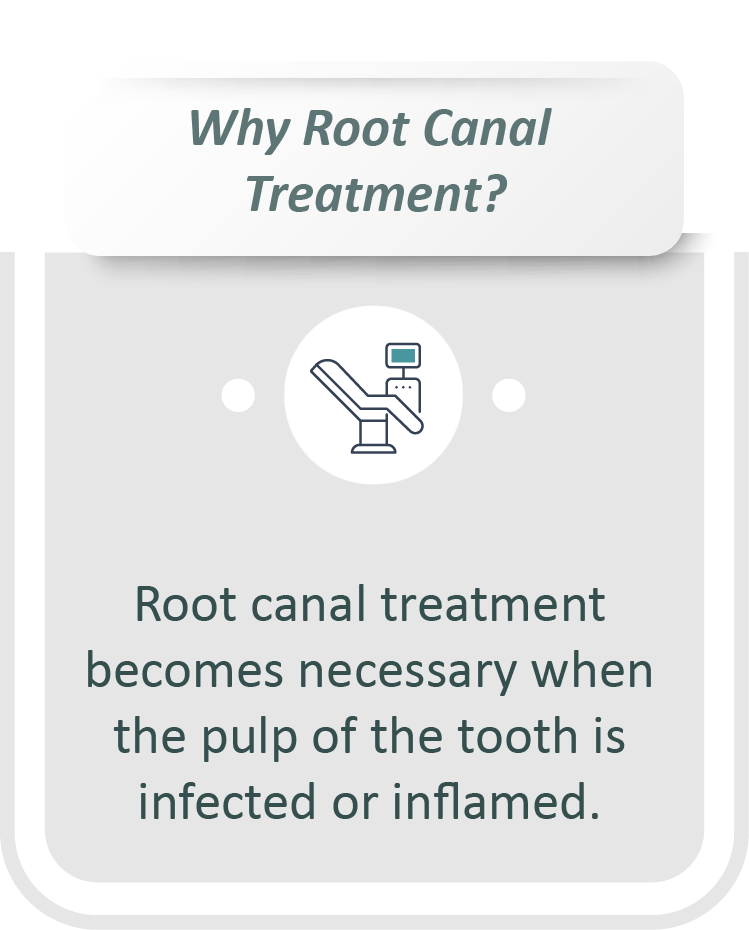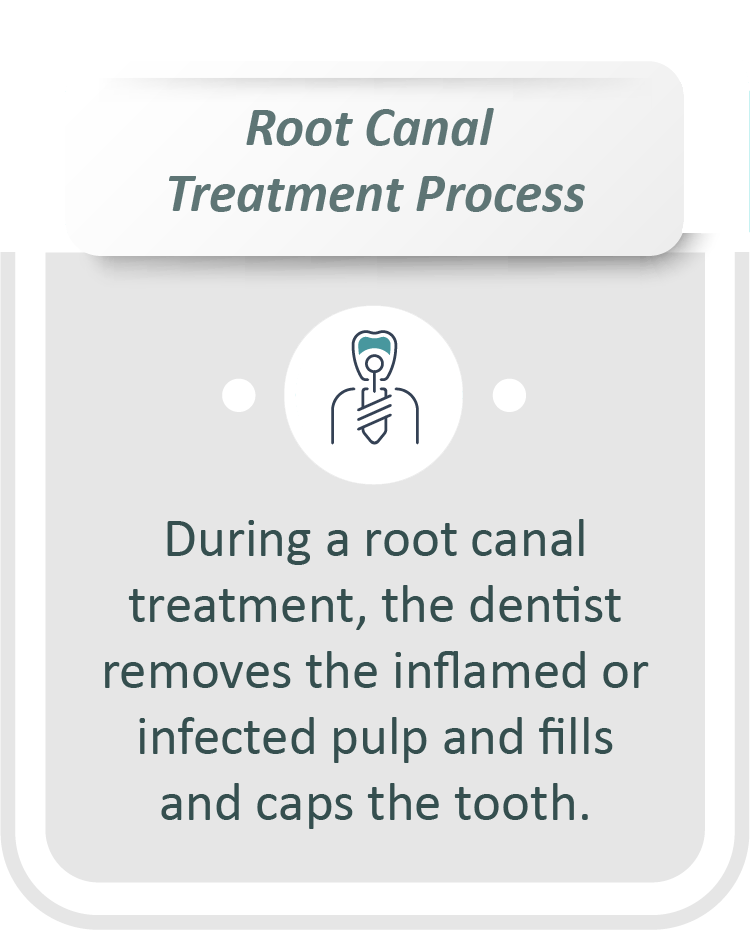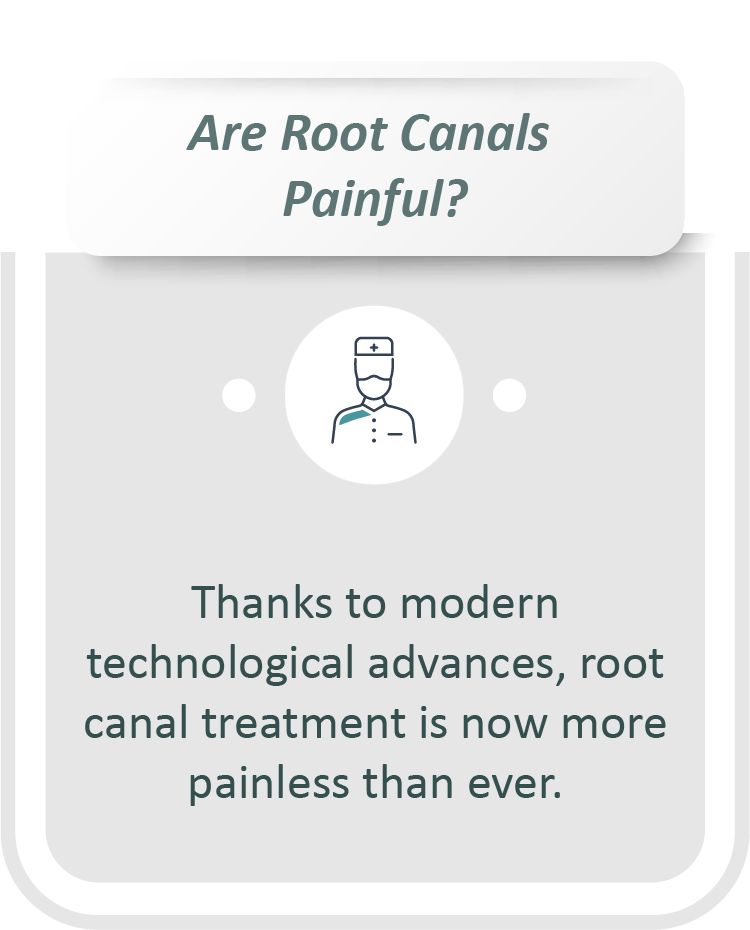Root Canal Treatment Swansea, MA
Immediate Pain Relief
Pain Free
for Most Patients
Are you considering seeing a Swansea endodontist?
A root canal is a restorative dental procedure that saves millions of teeth from inflammation and infection each year. Root canal treatment involves removing the damaged pulp and nerves from inside the tooth to eliminate bacteria and prevent the infection from spreading. If you have an infected tooth, root canal treatment may be able to save it. Call us at (508) 439-4074 to learn more about our services or schedule an appointment today
Are you considering seeing a Swansea MA endodontist?
- Dr. Sefranek has 30 years of experience saving teeth with root canal therapy as a general dentist.
- Many badly broken teeth can be restored to a lifetime of useful function in one or a few easy visits.
- If you are having pain, we offer immediate pain relief for all types of dental pain including Swansea MA patients needing a root canal.
Question: Does a root canal hurt?
Answer:Teeth with large cavities sometimes need root canal therapy. A root canal is a pain free procedure for most of our patients. Before we start the root canal tooth is put to sleep with a modern version of novocaine(technically local anesthetic). The patient stays awake and can communicate with the dental team. The tooth getting the root canal stays in the patient's mouth. From a patient standpoint the root canal treatment is comfortable. Almost all patients have commented that it was easier than they thought it would be. If the tooth hurt before we started, a root canal is a great way to get immediate pain relief that is generally permanent.
Question: What is done for root canal therapy and how does a root canal help the patient?
Answer:A root canal is a root filling. It is necessary when the nerve in a tooth is injured and/or dies. A dead nerve sometimes can be seen on an x-ray. This is noted by the dark area at the bottom of the root tips on the first radiograph (x-ray) below. Root canal therapy can be done in one or several visits. A root canal helps an infected tooth heal. During the procedure the inside of the tooth is cleaned and filled. Afterwards, the tooth will need either a filling or a post & core and crown.
The radiograph (x-ray) series below shows an example of the root canal process. This patient initially presented with infection and pain but had immediate relief of symptoms following the first visit. Complete healing is noted on the one-year root canal followup radiograph (x-ray). The healing is evidenced by an absence of a dark area around the root tips, indicating that new bone has grown in the area of previous infection. The very white area inside the roots is the root canal filling material which is gutta percha, a derivative of a South American gum tree. This material is commercially packaged as root canal filling material and is recommended by the University of Connecticut Dental School.
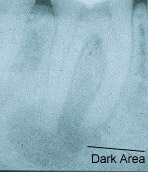
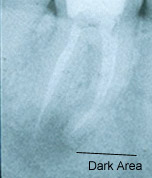
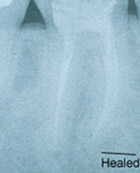
The Purpose of Root Canals
Patients may need a root canal if they have severe tooth decay. Untreated decay can spread into the tooth pulp, triggering a painful infection.
Symptoms can include:
- Tooth pain
- Fever or facial swelling
- Cracked, broken, or discolored teeth
- Discolored gums
During a root canal, the dentist drills away decay. They also use small instruments to scoop out infected or inflamed pulp from within the tooth. Then, the dentist cleans and shapes the inside of the tooth.
After the root canal is complete, the dentist fills the tooth with a biocompatible material. Finally, the dentist places a small cap over the tooth. This covering is known as a crown. Crowns protect a fragile or damaged tooth from breakage.
“Patients may need a root canal if they have severe tooth decay.”
Benefits of Root Canals
Root canals can help patients avoid tooth extraction. During a root canal, a dentist works to restore a decayed or damaged tooth. This treatment can preserve smiles, prevent future decay, and strengthen damaged teeth.
Preserving a patient’s smile
Extractions can leave gaps in the patient's smile. Many patients feel self-conscious about their appearance after having a tooth pulled. Root canals boost the patient's confidence and enhance their appearance.
Preventing future decay
During a root canal, the provider removes all decay and infection. They clean the inside of the tooth to prevent the infection from returning. Without a root canal, decay can spread throughout the patient's mouth.
Strengthening a damaged tooth
Decayed teeth are vulnerable to breakage and injury. As part of a root canal procedure, the provider attaches a crown. This tooth-colored cap protects and supports the tooth.
“Without a root canal, decay can spread throughout the patient’s mouth.”
The Root Canal Process and Potential Complications
According to Healthline, root canal treatment typically involves four steps. First, we will take an X-ray of the infected tooth and numb the treatment site. Next, we will place a dental dam, or small protective sheet, over the area to protect the spot from saliva and bacteria during the procedure. Then we will make a small incision near the tooth's crown to expose the infected pulp before removing the infected tissue and cleaning out the pathways. Once the canals are clean, we may apply a topical antibiotic to kill any remaining infection. Once the tooth is filled and sealed, we will place a crown or other restoration to protect the tooth and restore its functionality.
As with any semi-invasive procedure, root canal treatment is not without its risks. In some cases, the damage is too extensive for treatment to be viable. If root canal treatment occurs in this situation, it could result in tooth loss. Though rare, root canal treatment can also result in abscesses. This typically only occurs if the improper infected pulp removal occurs or if the antibiotics are ineffective. Although there is a risk for potential complications, root canal treatments are generally safe and effective, with a success rate between 86-98%.
“Although there is a risk for potential complications, root canal treatments are generally safe and effective, with a success rate between 86-98%.”
Check out what others are saying about our dental services on Yelp: Root Canal Treatment in Swansea, MA
Preventing the Need for Root Canal Treatment
Although root canals are effective procedures to restore infected or damaged teeth, it is best to avoid the need for a root canal in the first place. Preventing the need for root canal treatment is simple, maintain a good oral hygiene routine. Since root canals are often necessary due to tooth decay, people can help prevent this by brushing twice and flossing once every day.
It is also essential to attend regular dental appointments and seek dental attention as soon as possible when pain or discomfort arises. People can also take certain actions to avoid tooth damage than can necessitate root canal treatment. This includes avoiding acidic foods and beverages, not chewing on ice, and wearing a mouthguard while playing sports and at night if teeth grinding occurs.
“Although root canals are effective procedures to restore infected or damaged teeth, it is best to avoid the need for a root canal in the first place.”
Questions Answered on This Page
Q. What happens during root canal treatment?
Q. How can someone prevent the need for a root canal?
Q. What are the benefits of a root canal?
Q. What are some alternatives to a root canal?
People Also Ask
Q. Are there any alternatives to root canals?
Q. What is the difference between endodontists and dentists?
Q. Who performs restorative dentistry?
Root Canal Alternatives
Sometimes, the dental team may recommend an extraction. During an extraction, the provider removes the entire tooth. Extractions can resolve deep infections by removing the affected tooth. However, tooth loss can lead to future dental problems. It is better to avoid extraction whenever possible.
“Extractions can resolve deep infections by removing the affected tooth.”
Frequently Asked Questions
Q. What is a root canal?
A. Root canals can remove infected or inflamed pulp. Pulp is a soft tissue that helps keep the tooth anchored within the mouth. It supplies blood flow and connects the tooth to nerve endings. During a root canal, a dental provider cleans out the pulp and fills the tooth. They also place a crown on the tooth to protect it from future damage.
Q. What are some alternatives to a root canal?
A. Root canals are a good option for most patients since they preserve the natural tooth. Patients who keep their natural teeth may avoid future dental problems. Preserving the teeth prevents jawbone loss, spacing issues, and jaw misalignment.
However, a root canal is not right for everyone. If the tooth becomes severely damaged, the dentist may opt for extraction instead. During an extraction, the dentist removes the entire tooth. He or she can then prepare a false tooth to fill the gap.
Q. Are root canals painful?
A. Modern root canals using numbing medications to prevent discomfort. Some patients may experience soreness after their root canal. However, these side effects usually disappear within a few days.
Q. How much do root canals cost?
A. Costs can vary depending on insurance coverage. As a rule, root canals carry a higher price tag than extraction. However, root canals preserve the tooth and may help prevent the need for future dental care. Our office team can help you compare treatment costs.
Q. Can children receive a root canal?
A. Adults and children can receive root canals for permanent teeth. But if a child develops severe decay or inflammation within a baby tooth, the dental provider may recommend an extraction. Extraction may be the right option if the child will soon lose the affected tooth.
In some cases, however, the provider may opt to perform a baby root canal. These procedures are similar to an adult root canal. Baby root canals preserve the tooth while preventing the infection from spreading.
Endodontic Terminology
Call Us Today
If your tooth is injured or infected, do not hesitate to seek treatment. Our team at Barrington-Swansea Family Dental can help save your tooth. Call us today at 508-439-4074 to learn more about our services or schedule an appointment.
Helpful Related Links
- American Dental Association (ADA). Glossary of Dental Clinical Terms. 2025
- American Academy of Cosmetic Dentistry® (AACD). Home Page. 2025
- WebMD. WebMD’s Oral Care Guide. 2025
About our business and website security
- Barrington-Swansea Family Dental was established in 2002.
- We accept the following payment methods: American Express, Cash, Check, Discover, MasterCard, and Visa
- We serve patients from the following counties: Bristol County
- We serve patients from the following cities: Swansea, Barrington, Somerset, Seekonk, Providence, East Providence, Rumford, Westport, Dighton, Assonet, Freetown, Fall River, Riverside, Warren, and Bristol
- Healthgrades. View Background Information and Reviews
- Norton Safe Web. View Details
- Trend Micro Site Safety Center. View Details
Back to top of Root Canal Treatment


